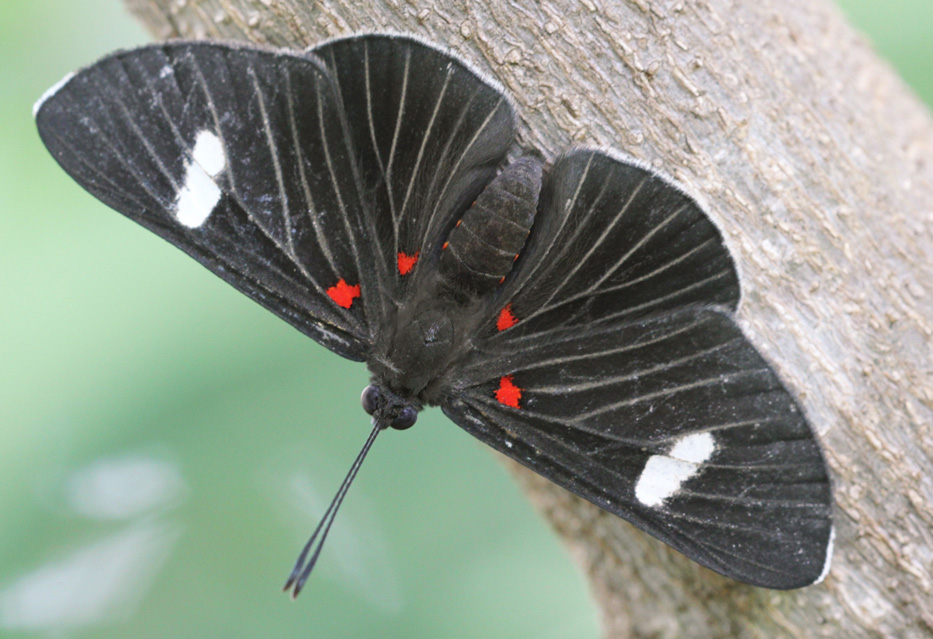Abstract
The immature stages of insects can provide valuable data both for taxonomy and phylogeny, but they are well known only for negligible proportion of the described species. Here we describe lauxaniid immatures for 17 species that were reared under laboratory conditions and subjected to morphological investigation. Following species were included in our study: Cnemacantha muscaria, Homoneura biumbrata, Homoneura limnea, Minettia austriaca, Minettia fasciata, Minettia flaviventris, Minettia loewi, Minettia plumicornis, Peplomyza litura, Poecilolycia vittata, Pseudolyciella pallidiventris, Sapromyza apicalis, Sapromyza hyalinata, Sapromyza intonsa, Sapromyza sexpunctata, Sapromyzosoma quadripunctata, Sapromyzosoma quadricincta. SEM images of the eggs are provided along with the illustrations of the cephaloskeleton and brief description of all three larval instars. The cephaloskeleton, as well as external morphology suggest that subgenus Minettia s. str. may not be monophyletic. Species Sapromyza sexpunctata and Sapromyzosoma spp., Pseudolyciella pallidiventris and Poecilolycia. vittata are probably closely related. Sapromyza apicalis, S. hyalinata and possibly also S. intonsa form a separate clade from the previous group. These results clearly support the long-standing suspicion, that genus Sapromyza is not monophyletic. Sapromyza sexpunctata should be considered a separate genus related to Sapromyzosoma. The spines on dorsal surface of labial lobe suggest relationships between Peplomyza and Meiosimyza species. Affinities of Cnemacantha muscaria remain uncertain. However, the extended Malpighian tubules suggest relationship to Homoneura or Minettia.

